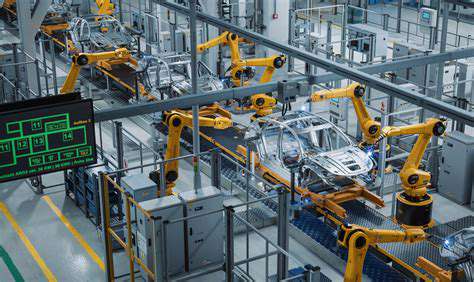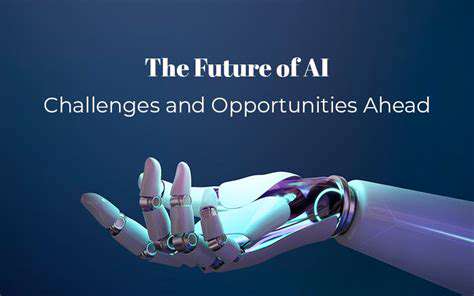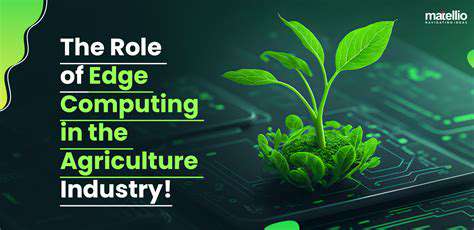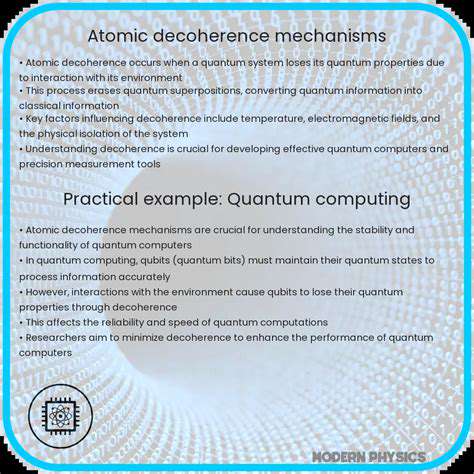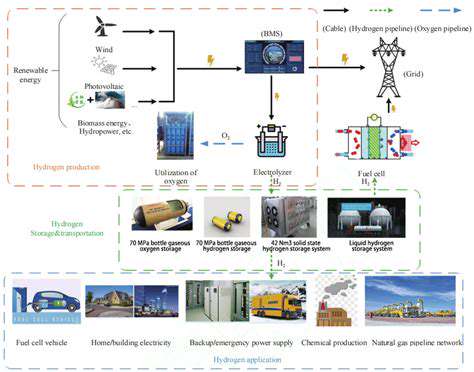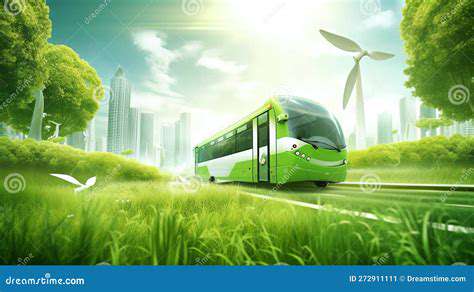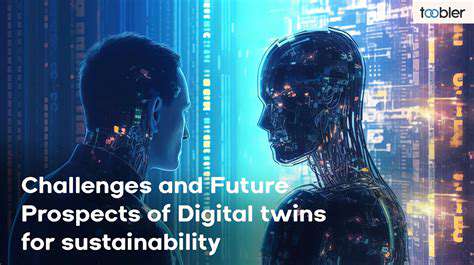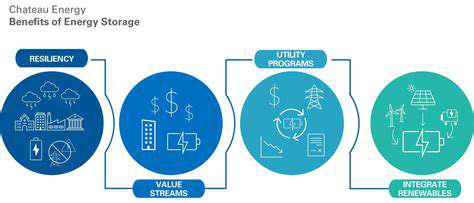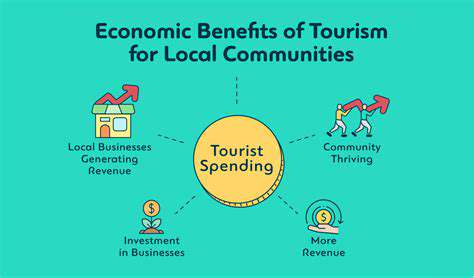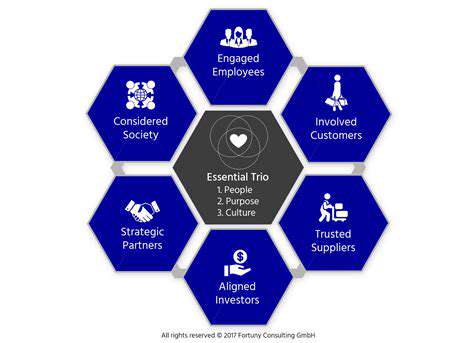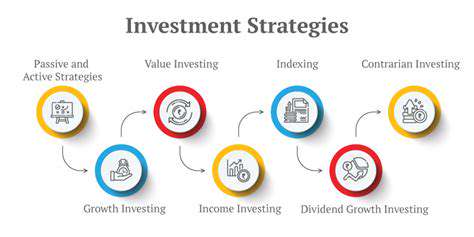The Future of Renewable Energy Manufacturing
The Exponential Growth of Renewable Energy Demand
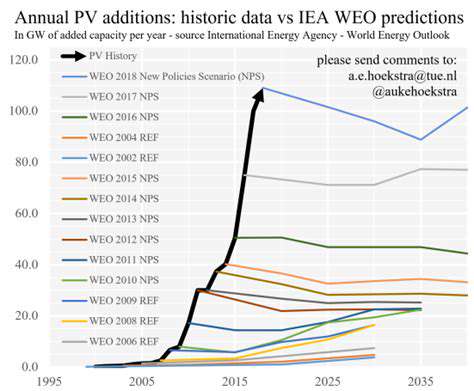
Harnessing the Power of Solar Energy
Solar power stands as one of humanity's most promising clean energy solutions, with adoption rates soaring as panel costs plummet and efficiency climbs. Unlike finite fossil fuels, sunlight offers an essentially limitless supply, positioning solar technology as a cornerstone of sustainable energy systems. Homeowners and businesses now find solar installations financially compelling, often achieving payback periods under a decade while locking in decades of low-cost electricity.
Modern photovoltaic systems achieve remarkable feats, converting over 22% of sunlight into usable electricity compared to just 15% a decade ago. These efficiency gains mean smaller physical footprints can generate equivalent power, reducing land use conflicts and installation complexity. Researchers continue pushing boundaries with perovskite tandem cells that promise to break the 30% efficiency barrier within this decade.
Wind Power's Rise to Prominence
Towering wind turbines now dot landscapes worldwide, their sweeping blades harvesting kinetic energy with increasing sophistication. Modern turbines reach heights exceeding 150 meters - taller than the Statue of Liberty - accessing stronger, more consistent winds at altitude. Advanced predictive maintenance systems and AI-optimized blade designs have dramatically improved reliability, with modern turbines operating at over 95% availability rates.
The offshore wind sector represents perhaps the most exciting frontier, where floating turbine platforms unlock vast wind resources over deep waters. Countries like the UK now generate over 10% of their electricity from offshore wind farms, with projects underway that will see individual turbines capable of powering 20,000 homes each.
Hydropower's Enduring Significance
While often overshadowed by flashier renewables, hydropower remains the backbone of clean energy systems globally. The technology's unique ability to provide grid-scale storage through pumped hydro complements intermittent sources like wind and solar. Modern hydro facilities incorporate fish-friendly turbines and sophisticated sediment management systems, addressing historical environmental concerns while maintaining high capacity factors often exceeding 50%.
Small-scale hydro projects are experiencing renewed interest, particularly in mountainous regions where micro-hydro systems can provide reliable power to remote communities. These distributed systems avoid the ecological impacts of large dams while delivering clean electricity exactly where needed.
Geothermal Energy's Potential
The Earth's internal heat represents an underutilized treasure trove of clean energy, particularly in geologically active regions. Enhanced geothermal systems (EGS) now allow energy extraction in areas without natural hydrothermal resources, potentially expanding viable locations dramatically. Baseload geothermal plants achieve capacity factors exceeding 90%, outperforming even fossil fuel plants in reliability while emitting minimal greenhouse gases.
Direct-use applications are gaining traction, with district heating systems in countries like Iceland demonstrating how geothermal can decarbonize heating networks. Recent breakthroughs in closed-loop systems eliminate the need for fluid reinjection, potentially solving the seismic concerns that have hampered some projects.
Bioenergy's Contribution to a Sustainable Future
Bioenergy systems have evolved far beyond simple biomass burning, now incorporating sophisticated conversion technologies like gasification and pyrolysis. These methods extract maximum energy while minimizing emissions, often producing valuable byproducts like biochar that sequester carbon in soils. Advanced biofuels from algae and agricultural waste now power aircraft and heavy vehicles, sectors particularly challenging to electrify.
The circular economy approach transforms waste streams into energy assets - methane capture from landfills and anaerobic digestion of organic waste simultaneously reduce emissions while generating renewable natural gas. These distributed systems create local energy resilience while addressing waste management challenges.
Supply Chain Resilience and Geopolitical Considerations
Supply Chain Disruptions and Renewable Energy
The renewable energy boom has exposed critical vulnerabilities in global supply chains, from rare earth elements for permanent magnets to polysilicon for solar panels. Recent disruptions have highlighted the risks of overconcentration - a single Chinese province produces over 80% of the world's solar wafers, while cobalt supplies remain dominated by politically unstable regions. Smart diversification strategies are emerging, with companies developing alternative chemistries for batteries and investing in geographically distributed manufacturing.
The reshoring trend presents both challenges and opportunities - while increasing costs initially, localized production may ultimately yield more resilient systems. Innovative approaches like solar panel recycling facilities colocated with manufacturing plants could create closed-loop systems that reduce raw material dependencies.
Geopolitical Tensions and Energy Security
Energy transition has become a new arena for great power competition, with nations vying for control over critical minerals and manufacturing capabilities. The Inflation Reduction Act in the U.S. and similar policies worldwide reflect this strategic shift, using domestic content requirements to build local industries. Rare earth processing capacity has become a national security priority, with countries racing to reduce dependence on single sources.
Emerging mineral alliances aim to create stable, ethical supply chains - the Minerals Security Partnership between democratic nations seeks to develop alternative sources while enforcing environmental and labor standards. These initiatives recognize that energy security now depends as much on battery supply chains as it once did on oil pipelines.
The Role of International Cooperation and Standards
Standardization efforts are quietly revolutionizing renewable energy deployment, from uniform connector designs for EV charging to international certification schemes for green hydrogen. The International Renewable Energy Agency (IRENA) plays a crucial role in harmonizing technical standards, enabling seamless technology transfer across borders. Common sustainability criteria for biofuels and recycled materials prevent greenwashing while facilitating trade.
Multilateral development banks have emerged as key players, financing cross-border grid interconnections that enable renewable energy sharing between nations. Projects like the proposed Asian Super Grid demonstrate how international cooperation can overcome the intermittency challenge by connecting diverse renewable resources across vast geographical areas.
